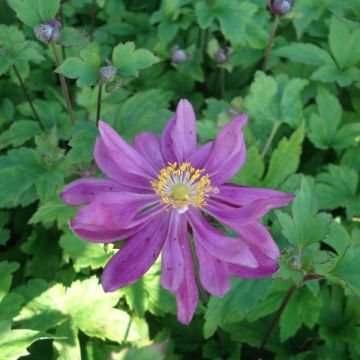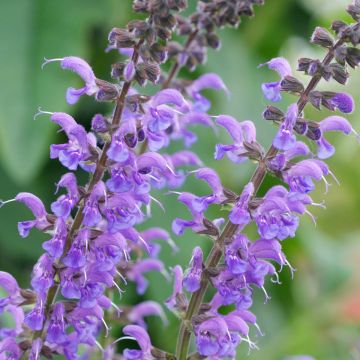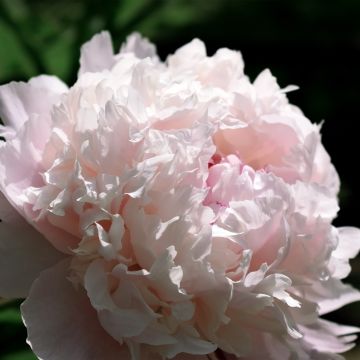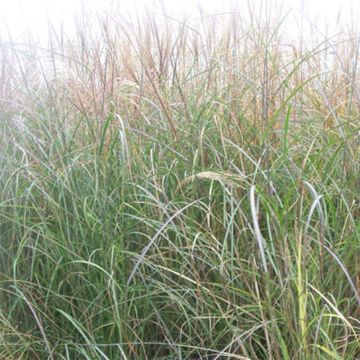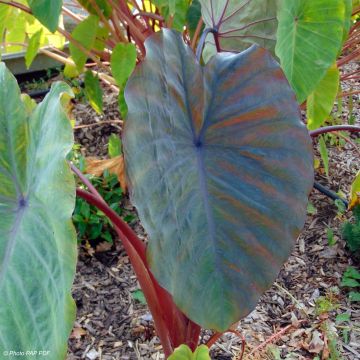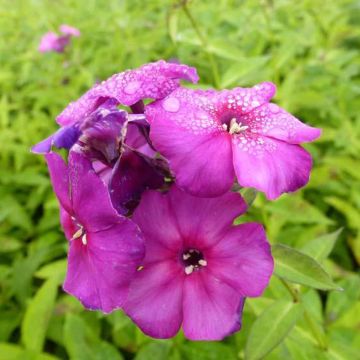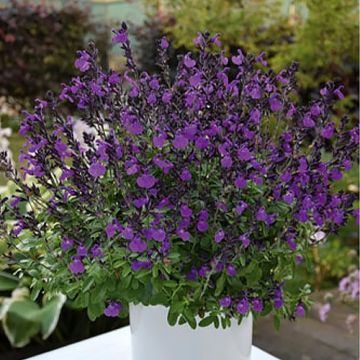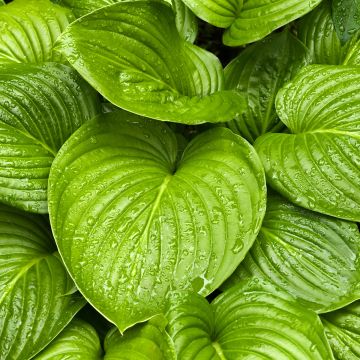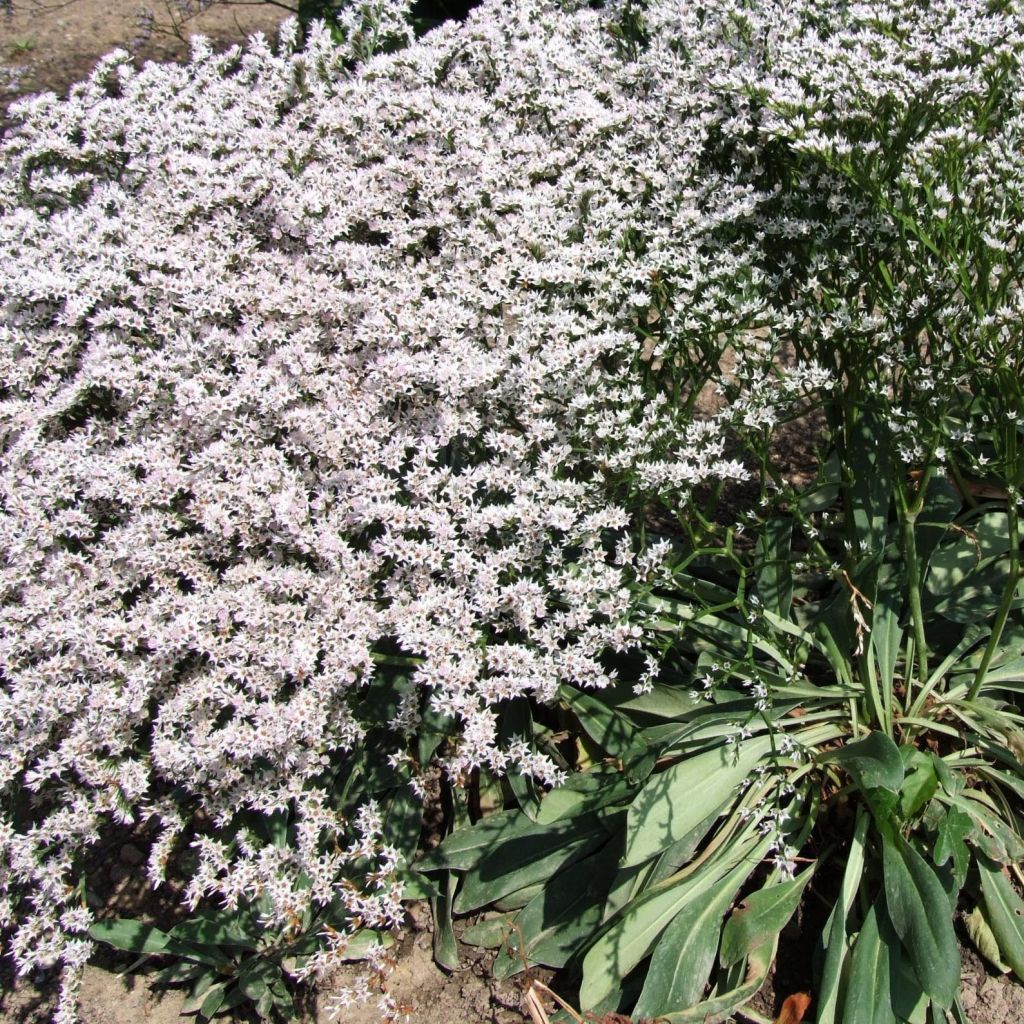

Goniolimon tataricum
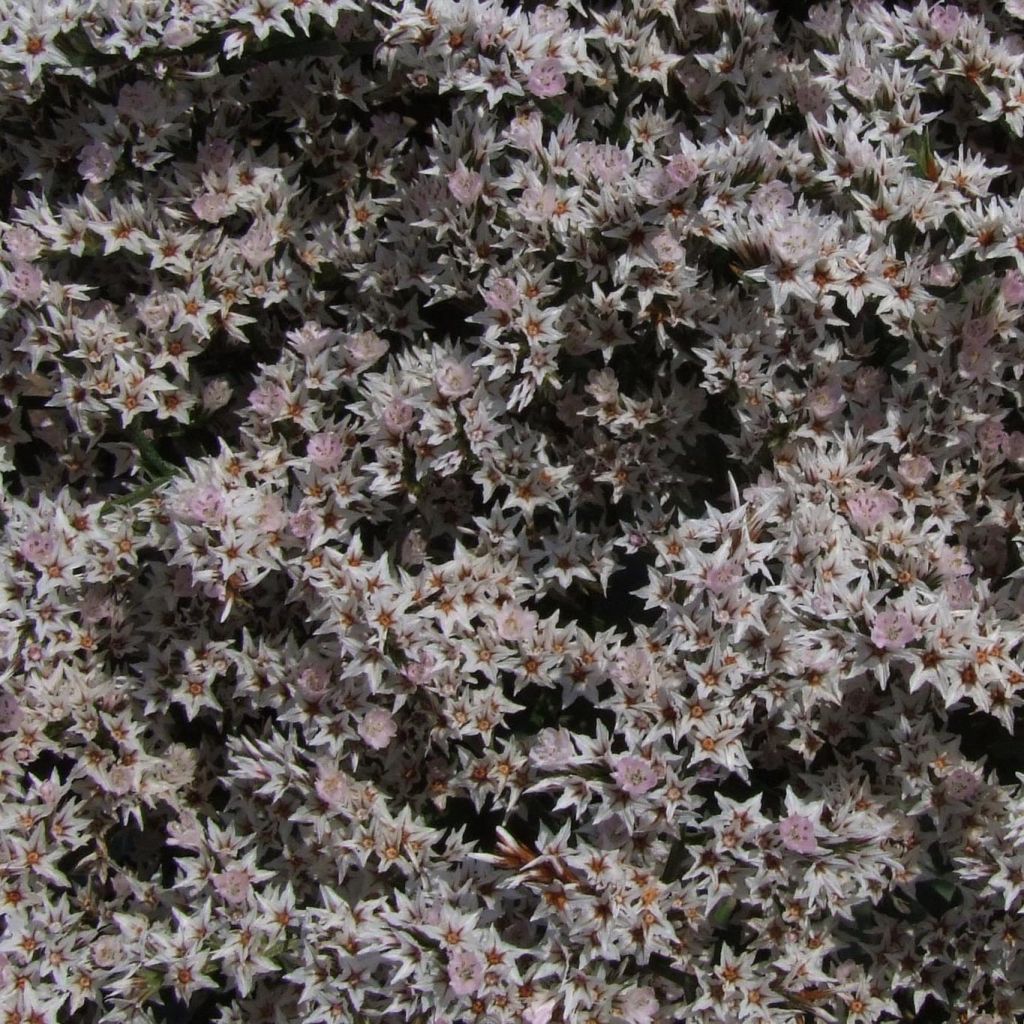

Goniolimon tataricum
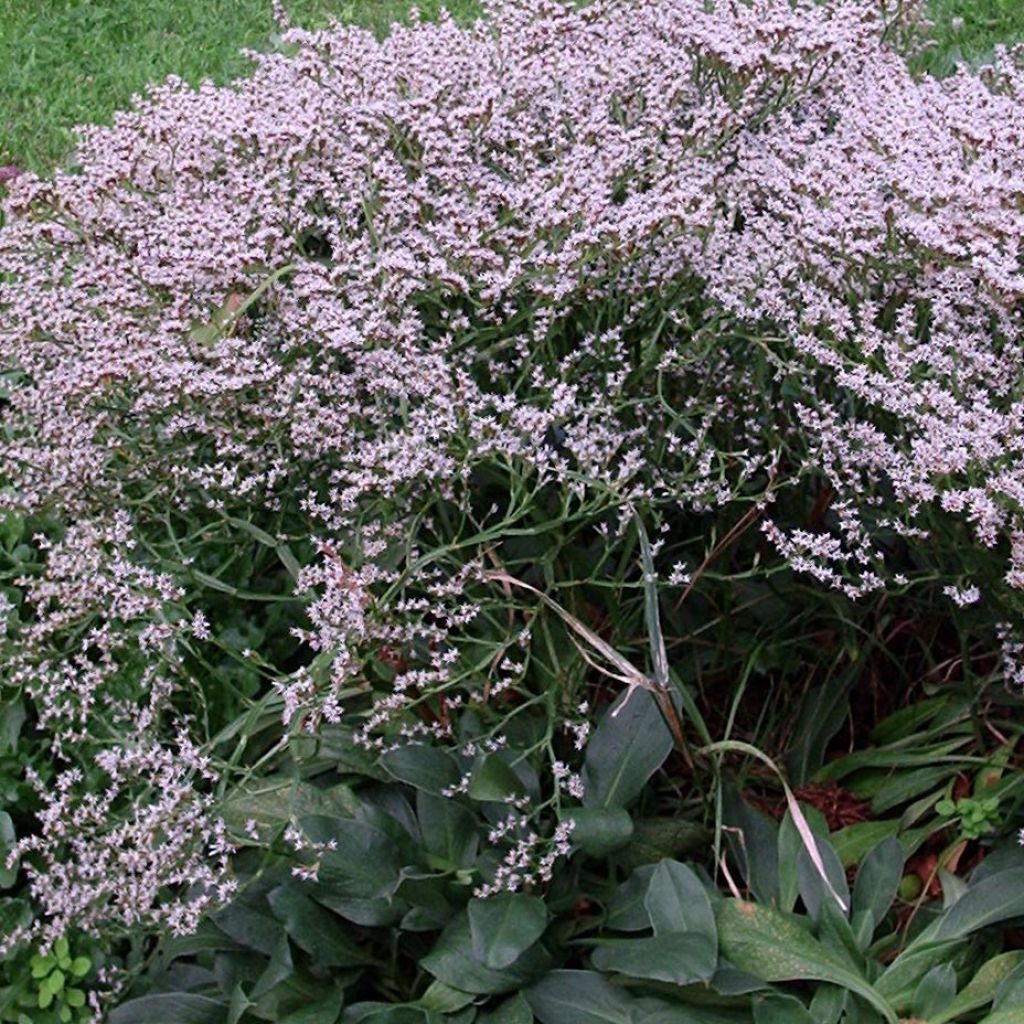

Goniolimon tataricum
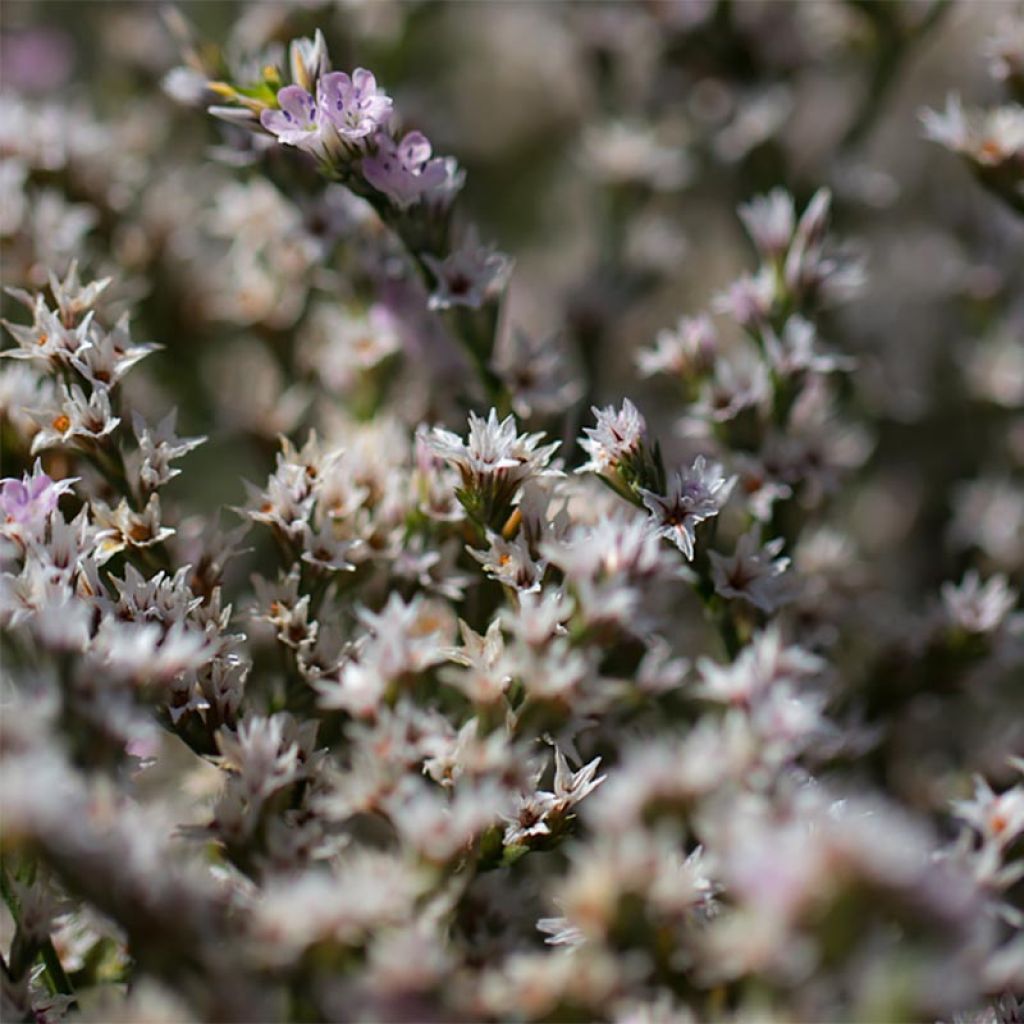

Goniolimon tataricum
Goniolimon tataricum
Goniolimon tataricum
Statice, Tatarian Statice
I think I planted them too late because they have recovered well but haven't flowered. We'll have to wait until next summer.
Beatrice, 13/01/2025
This item cannot be shipped to the selected country
Delivery charge from €5.90
More information
Schedule delivery date,
and select date in basket
This plant carries a 12 months recovery warranty
More information
We guarantee the quality of our plants for a full growing cycle, and will replace at our expense any plant that fails to recover under normal climatic and planting conditions.
From €5.90 for pickup delivery and €6.90 for home delivery
Express home delivery from €8.90.

Does this plant fit my garden?
Set up your Plantfit profile →
Description
Goniolimon tataricum, also known as limonium or perennial statice, is a light and airy plant, highly ornamental when its long stems with cloud-like inflorescences composed of hundreds of small blue-lilac flowers appear in summer. It forms beautiful, evergreen, rounded and regular rosettes on a woody stump. It prefers sandy, porous, dry, well-drained soil and a sunny exposure. This plant, highly appreciated for making dried bouquets and very useful by the seaside, is also hardy and easy to grow.
The perennial Tartarian statice belongs to the family Plumbaginaceae. The steppes of Southeast Europe, the Caucasus, Russia, and North Africa are the birthplaces of this plant. It is a perennial herbaceous plant that forms dense, ground-hugging rosettes. It reaches a height of 40cm (16in) when in flower and slowly expands like a tight cushion over an area of 40cm (16in) on the ground. In July-August, tall, ramified stems appear, carrying light corymbs composed of tiny paper-like flowers. The plant then transforms into an incredible blue-lavender cloud. The foliage is evergreen, with lanceolate rounded leaves, a beautiful dark green colour with bluish reflections, sometimes turning red in cases of drought. It anchors itself on a buried central stump, which allows it to store water and nutrients to survive in dry or very salty soil.
Goniolimon tataricum is a long-lasting perennial, adapted to difficult conditions, and irreplaceable in dry gardens, rockeries, perennial borders that it brightens, gardens with shallow soil, in rocks, or by the seaside. This plant produces flower stems that make admirable dried bouquets. It can accompany the summer blooms of Anthemis carpatica 'Karpatenschnee', sea thrifts, Coreopsis verticillata 'Moonbeam', Helichrysum italicum, hyssops, oreganos, and Talinum calycinum, a rare pink flower that blooms continuously. It will enhance old roses, the somewhat heavy blooms of oriental poppies, or the candles of acanthus and hybrid mulleins. In a light border, it can be paired with Linaria 'Canon Went', Centaurea atropurpurea or pulcherrima, Knautia macedonica, or the majestic Geranium psilostemon.
Report an error about the product description
Goniolimon tataricum in pictures


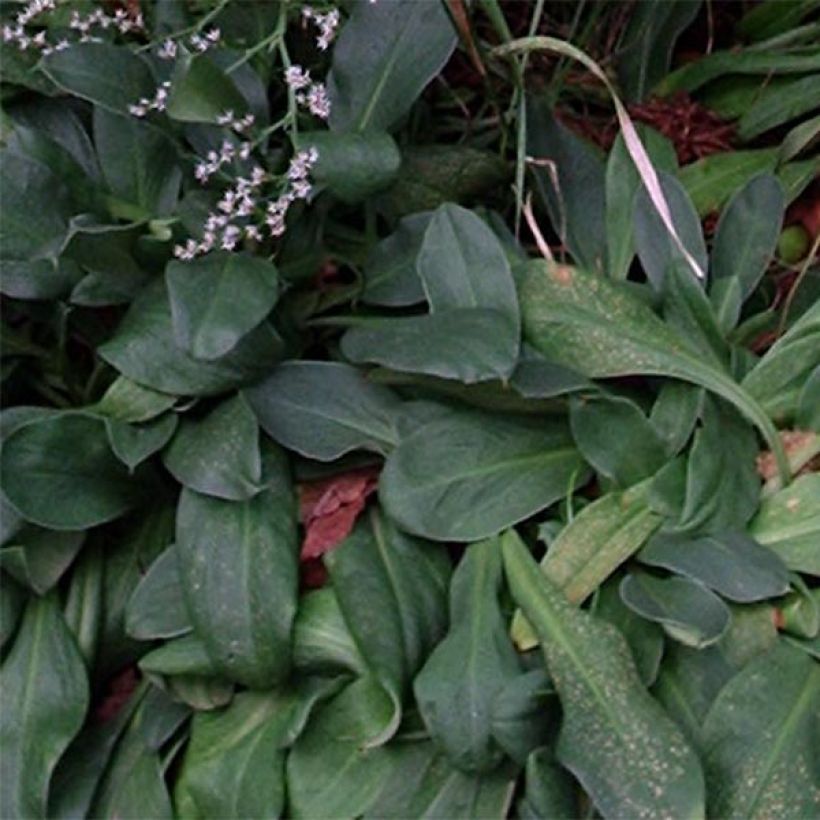

Flowering
Foliage
Plant habit
Botanical data
Goniolimon
tataricum
Plumbaginaceae
Statice, Tatarian Statice
Central Europe
Other Perennials A to Z
Planting and care
Goniolimon tataricum is a very cold-resistant plant growing in any well-drained soil, sandy or stony, preferably in full sun in humid regions. A top-dressing with gravel facilitates the appearance of numerous spontaneous seedlings and preserves the collar of the plant from excessive soil moisture. It does not have any particular requirement for soil pH and tolerates limestone well. In poor soil, this plant appreciates a slight addition of organic fertilizer during the development of flower stems. This perennial statice does not appreciate transplantations, which if necessary should be done early in autumn or in spring.
Planting period
Intended location
Care
-
, onOrder confirmed
Reply from on Promesse de fleurs
Haven't found what you were looking for?
Hardiness is the lowest winter temperature a plant can endure without suffering serious damage or even dying. However, hardiness is affected by location (a sheltered area, such as a patio), protection (winter cover) and soil type (hardiness is improved by well-drained soil).

Photo Sharing Terms & Conditions
In order to encourage gardeners to interact and share their experiences, Promesse de fleurs offers various media enabling content to be uploaded onto its Site - in particular via the ‘Photo sharing’ module.
The User agrees to refrain from:
- Posting any content that is illegal, prejudicial, insulting, racist, inciteful to hatred, revisionist, contrary to public decency, that infringes on privacy or on the privacy rights of third parties, in particular the publicity rights of persons and goods, intellectual property rights, or the right to privacy.
- Submitting content on behalf of a third party;
- Impersonate the identity of a third party and/or publish any personal information about a third party;
In general, the User undertakes to refrain from any unethical behaviour.
All Content (in particular text, comments, files, images, photos, videos, creative works, etc.), which may be subject to property or intellectual property rights, image or other private rights, shall remain the property of the User, subject to the limited rights granted by the terms of the licence granted by Promesse de fleurs as stated below. Users are at liberty to publish or not to publish such Content on the Site, notably via the ‘Photo Sharing’ facility, and accept that this Content shall be made public and freely accessible, notably on the Internet.
Users further acknowledge, undertake to have ,and guarantee that they hold all necessary rights and permissions to publish such material on the Site, in particular with regard to the legislation in force pertaining to any privacy, property, intellectual property, image, or contractual rights, or rights of any other nature. By publishing such Content on the Site, Users acknowledge accepting full liability as publishers of the Content within the meaning of the law, and grant Promesse de fleurs, free of charge, an inclusive, worldwide licence for the said Content for the entire duration of its publication, including all reproduction, representation, up/downloading, displaying, performing, transmission, and storage rights.
Users also grant permission for their name to be linked to the Content and accept that this link may not always be made available.
By engaging in posting material, Users consent to their Content becoming automatically accessible on the Internet, in particular on other sites and/or blogs and/or web pages of the Promesse de fleurs site, including in particular social pages and the Promesse de fleurs catalogue.
Users may secure the removal of entrusted content free of charge by issuing a simple request via our contact form.
The flowering period indicated on our website applies to countries and regions located in USDA zone 8 (France, the United Kingdom, Ireland, the Netherlands, etc.)
It will vary according to where you live:
- In zones 9 to 10 (Italy, Spain, Greece, etc.), flowering will occur about 2 to 4 weeks earlier.
- In zones 6 to 7 (Germany, Poland, Slovenia, and lower mountainous regions), flowering will be delayed by 2 to 3 weeks.
- In zone 5 (Central Europe, Scandinavia), blooming will be delayed by 3 to 5 weeks.
In temperate climates, pruning of spring-flowering shrubs (forsythia, spireas, etc.) should be done just after flowering.
Pruning of summer-flowering shrubs (Indian Lilac, Perovskia, etc.) can be done in winter or spring.
In cold regions as well as with frost-sensitive plants, avoid pruning too early when severe frosts may still occur.
The planting period indicated on our website applies to countries and regions located in USDA zone 8 (France, United Kingdom, Ireland, Netherlands).
It will vary according to where you live:
- In Mediterranean zones (Marseille, Madrid, Milan, etc.), autumn and winter are the best planting periods.
- In continental zones (Strasbourg, Munich, Vienna, etc.), delay planting by 2 to 3 weeks in spring and bring it forward by 2 to 4 weeks in autumn.
- In mountainous regions (the Alps, Pyrenees, Carpathians, etc.), it is best to plant in late spring (May-June) or late summer (August-September).
The harvesting period indicated on our website applies to countries and regions in USDA zone 8 (France, England, Ireland, the Netherlands).
In colder areas (Scandinavia, Poland, Austria...) fruit and vegetable harvests are likely to be delayed by 3-4 weeks.
In warmer areas (Italy, Spain, Greece, etc.), harvesting will probably take place earlier, depending on weather conditions.
The sowing periods indicated on our website apply to countries and regions within USDA Zone 8 (France, UK, Ireland, Netherlands).
In colder areas (Scandinavia, Poland, Austria...), delay any outdoor sowing by 3-4 weeks, or sow under glass.
In warmer climes (Italy, Spain, Greece, etc.), bring outdoor sowing forward by a few weeks.


































